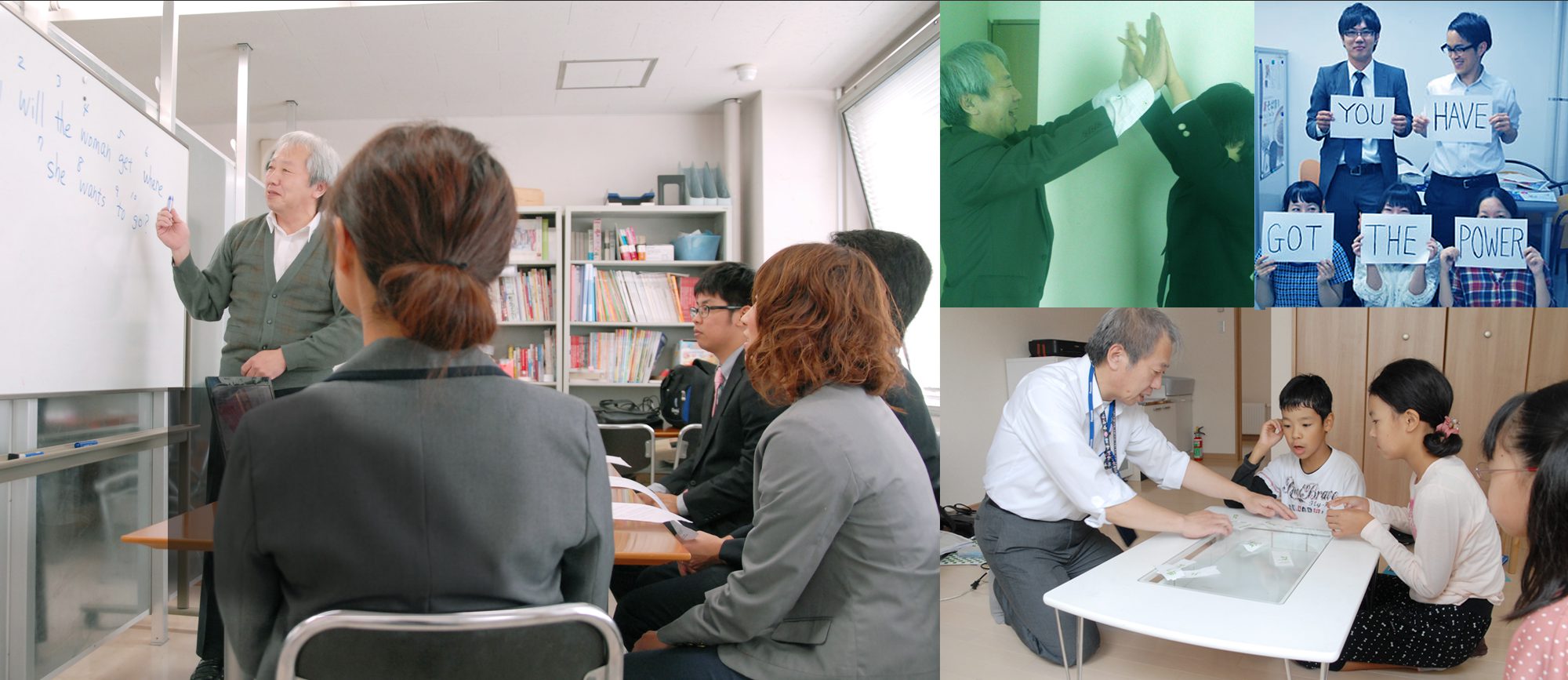北海道での年末年始の過ごし方は他地域と違います。ケンミンショーに出てきそうな話題です。昨秋、道産子の彼と結婚。札幌の夫の実家で年越しをしました。 何が驚いたかとといって、大みそかの夜にお節料理やおすし、タラバガニなどのごちそうが出てきたことです。私の生まれ育った関東地方では、大みそかはテレビを見ながらミカンなどをつまんで、年越しそばを食べるだけ。元旦にごちそうが並んで新年を祝うのです。一日の朝はどうなるのかと思っていたら、あっさりとお雑煮だけ。なんだかもの足りなくて拍子抜けしました。(北海道新聞 2011年1月19日)① 年越しをする:see the old year out and the new year in② ごちそう delicacy③ 拍子抜けする feel out of rythm(試訳)Last autumn, I got married with my husband who was born in Hokkaido. And I saw the old year out and the new year in at his parent’s house. What was amazing was that on New Year’s eve, many delicacies were placed on the table such as Osechi (traditional Japanese New Year’s food), Sushi, King Crab legs.In the Kanto area where I was born and grew up, New Year’s eve is usually spent with such simple food as buckwheat noodles and tangerines that are eaten while watching TV. Lavish food are not served until January 1st.So having leant that Hokkaido people eat gorgeous food on Dec.31st, I was curious what they’ll eat on Jan. 1st. Discouragingly enough though, it was rice cakes with soup. I felt out of rhythm.

5歳から89歳まで、幅広い年齢層が集う英語塾